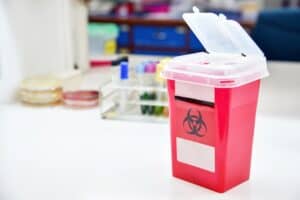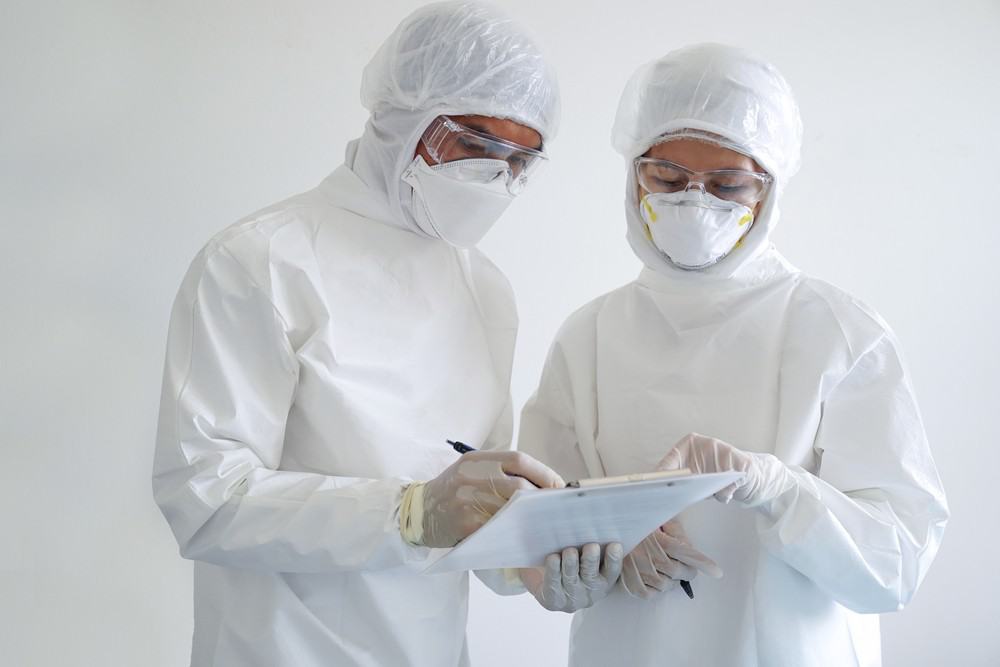As trained professionals working on a biohazard cleanup, we make precautions to eliminate the risks of biohazard exposure. This is to keep your health and our health a top priority. With biohazard cleanup, there are oftentimes dangerous contaminants that can pose a serious health and safety threat. Hiring a team of trained professionals to take care of a biohazard exposure for you will reduce the risk of potential exposure and keep you safe from the emotional trauma of the situation.
Human Biohazards
Human biohazards can be exposed to an area due to accidents, suicides, homicides, and hoarding situations. Bodily fluids like urine, semen, blood, and fecal matter are some of the most common contaminants our team at Scene Clean removes from homes.

In a hoarding situation, it’s very common to find fecal matter and urine around the collective area. Oftentimes, people living in a hoarding situation can’t access their bathroom facilities or the bathrooms aren’t working. This causes the hoarding individual to relieve themselves in whatever spaces are accessible.
With accidents, homicides, and suicides blood is a common containment. The amount of blood can vary by scene, but even the smallest blood splatters should be treated following proper safety protocols to ensure there’s no concern for biohazard exposure. Oftentimes, blood and bodily fluids leak underneath sub-flooring, furniture, and walls. Even the smallest amount of fluids can contaminate large areas. Potential blood and bodily fluid exposure could leave you at risk for HIV, Hepatitis, and tuberculosis.
Animal Risks Biohazard Exposure
Animal biohazards are also common in hoards. While there’s an increased biohazard exposure if the individual was an animal hoarder, hoards of all types still pose a dangerous biohazard risk. In a lot of hoards, it’s not uncommon to discover a rat infestation. Exposure to rats leaves a potential risk of Hantavirus. Hantavirus has increased over the last few years, and can happen if you come into contact with rat urine, feces, or saliva. This disease is very serious and can sometimes be fatal.
In animal hoards, it’s common for a large number of animals to be locked up in an open space. These animals typically don’t have access to places to relieve themselves, so they urinate and defecate indoors. Usually, there are large piles of feces covering the floors all over the home. This poses a risk to respiratory health and the potential of being exposed to a life-threatening biohazard. Working with a professional trained group of biohazard cleaners will make sure that you and your loved ones are protected from all of the possible containment found with animal biohazards.
Environmental Biohazards
Environmental biohazards are very common with hoarding. Mold and mildew are the most commonly found environmental biohazards in hoards. However, depending on the age of the hoard and what materials were hoarded, asbestos and heavy metals can be found too. Both of these things pose a huge risk to your health, which is why it’s vital to have a professional biohazard team clean up the hoard and environmental biohazards.

Eliminate the Risks of Biohazard Exposure Today
To keep your family safe and prevent possibly biohazard exposure, reach out to our team to take care of the cleanup project. While there are many known exposure risks for cleaning up a biohazard scene, there are a lot of invisible ones too. To eliminate the risks of biohazard exposure for you and your family, contact Scene Clean today.






